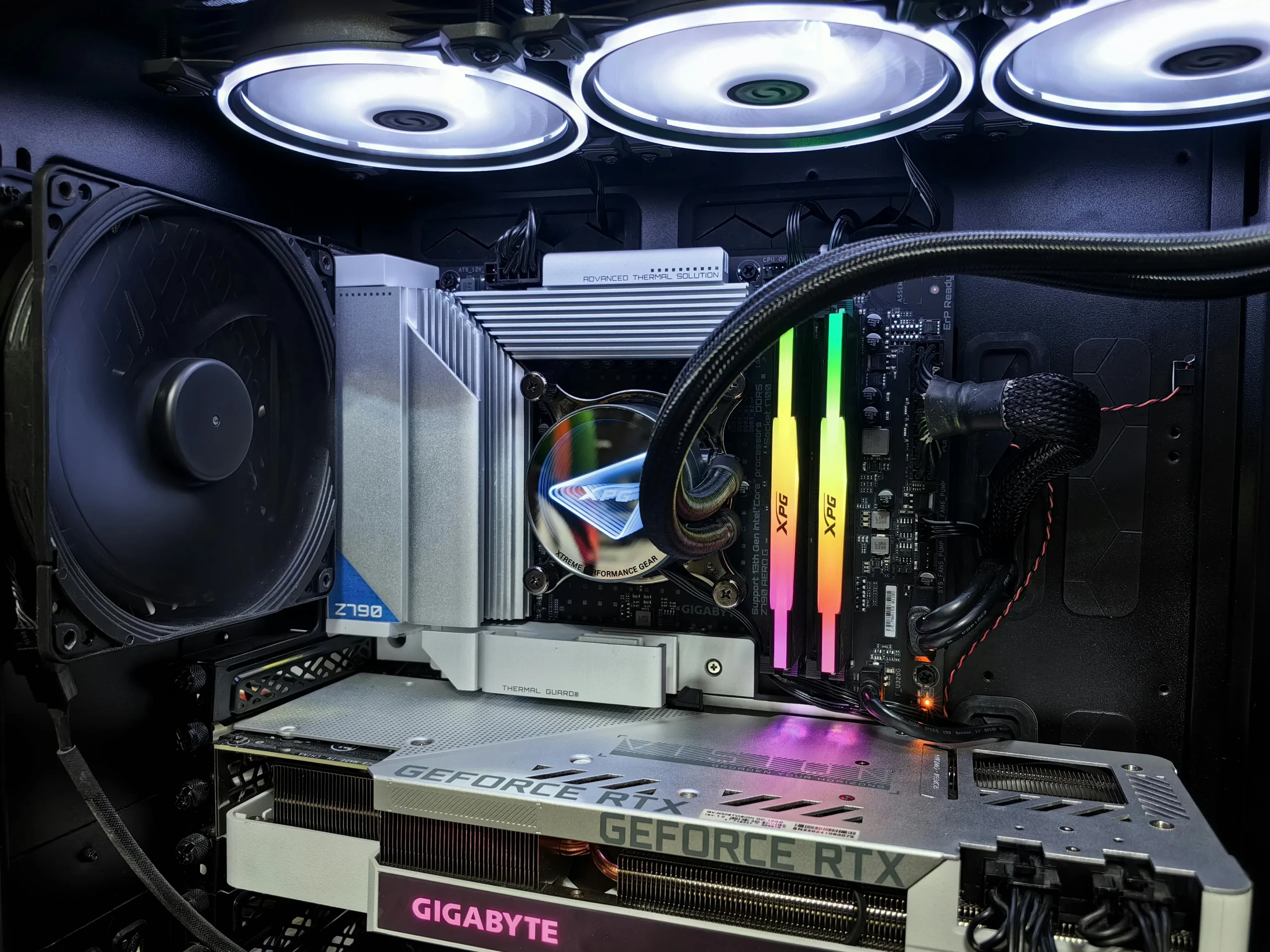When it comes to website development, most professionals focus on tools like text editors, frameworks, and hosting platforms. But what about hardware—specifically, the GPU (Graphics Processing Unit)? Is it a necessity for developers, or is it just an overhyped piece of tech? Let's dive into whether you need a GPU for website development and when it might be useful.
What Is a GPU and What Does It Do?
Understanding GPU Basics
A GPU is designed to handle complex graphical computations, such as rendering 3D models or processing large visual datasets. While its primary use is in gaming, video editing, and 3D modeling, GPUs also play a role in tasks requiring heavy parallel processing.
GPU vs. CPU in Development
While CPUs handle general-purpose tasks, GPUs specialize in rendering graphics and performing computations simultaneously. In most website development workflows, CPUs are more critical than GPUs.
Do You Need a GPU for Website Development?
Standard Website Development
For most website developers working on front-end or back-end tasks, a powerful GPU isn’t necessary. Tools like Visual Studio Code, Sublime Text, or WordPress rely primarily on CPU power, RAM, and storage.
When a GPU Isn’t Required
- Coding HTML, CSS, and JavaScript
- Using CMS platforms like WordPress or Drupal
- Developing back-end systems in PHP, Python, or Node.js
When a GPU Becomes Useful
There are specific scenarios where a GPU can enhance your workflow:
Web Design and UI/UX Development
If you're working with design tools like Adobe Photoshop, Figma, or Sketch, a mid-tier GPU can help with smoother performance.
Web Animation and 3D Content
Creating complex web animations with libraries like Three.js or integrating WebGL for 3D visuals may require a GPU for testing and rendering.
Multi-Monitor Setups
If you're running multiple high-resolution monitors to display code, design tools, and browsers simultaneously, a GPU can ensure seamless performance.
How to Choose a GPU for Website Development
Consider Your Workflow
If your work involves heavy graphic design or animations, opt for a mid-tier GPU like the NVIDIA GTX 1660 or AMD Radeon RX 5600 XT. For simpler tasks, integrated GPUs in modern CPUs (like Intel Iris Xe or AMD Radeon Vega) are more than sufficient.
Balance Cost and Performance
Investing in a high-end GPU is rarely necessary for web development. Instead, prioritize other hardware components, such as a fast processor, plenty of RAM, and an SSD for faster workflows.
Final Thoughts
In most cases, website developers do not need a dedicated GPU. However, if your workflow involves graphic design, 3D animations, or multi-monitor setups, a mid-range GPU can improve performance. For coding and general website tasks, focusing on CPU, RAM, and storage will deliver better results.
